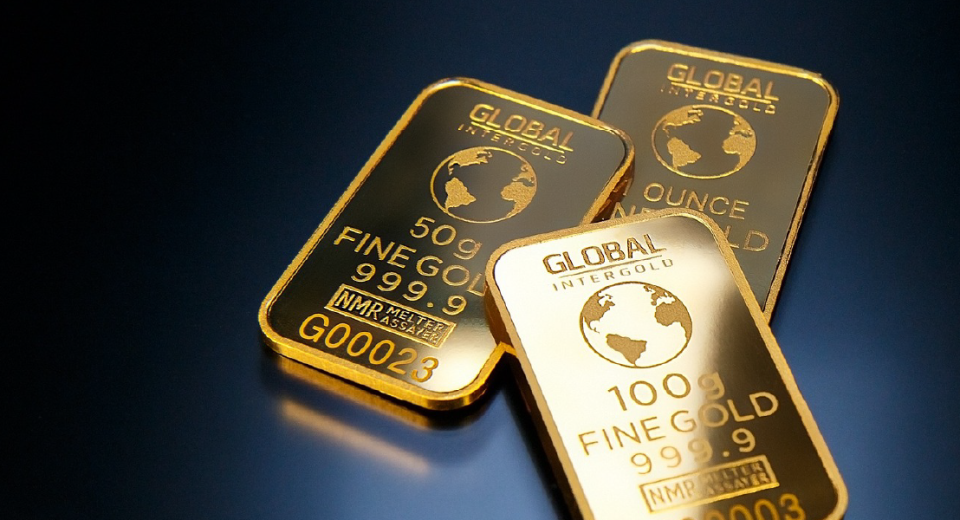Reward to Volatility Ratio

The reward to volatility ratio, also known as the Sharpe Ratio, is a method to determine the performance of an investment through the adjustment of its risk. This ratio helps us understand the chances of return versus risk.
It was developed by Nobel laureate William F. Sharpe in 1966 and since then the Sharpe ratio is considered to be an immensely useful tool by all types of traders in the financial markets. This ratio represents the average return that is earned in excess of the risk-free rate per unit of volatility or total risk. It is calculated with the use of standard deviation.
Using the Sharpe ratio, a trader can subtract the risk-free rate from the mean return, which can help in isolating the profits connected to risk-related activities. A higher Sharpe ratio means better risk-adjusted return.
How to Calculate the Sharpe Ratio
The reward to volatility ratio is obtained by subtracting the risk-free rate from portfolio return and then dividing this value by the excess return of the portfolio’s standard deviation.
The formula for Sharpe Ratio is [R(p) – R(f)]/SD
Where R(p) is the return of the portfolio; R(f) is the risk-free rate; and SD is the standard deviation of the excess return of the portfolio.
Let’s understand this with a real-life example.
Jason wants to invest his money in a stock that gives an expected return of 14%. The standard deviation value of the risk premium is 12% and the risk-free rate is 6%. So, to calculate the Sharpe ratio with the given values, he performs the following calculation:
(0.14 – 0.06)/0.12 = 0.6
This 0.6 means that for each unit of risk that Jason accepts during investment, he will be accepting an additional one and two-thirds amount of risk.
Using Sharpe Ratio
This ratio is mostly used for comparing the change in the complete risk-return properties when a new asset class or asset is added to the portfolio. For instance, an investor wants to add a hedge fund to their current portfolio, which is at present divided among bonds and stocks, and has given a return of 15% in the previous year. The risk-free rate at present is 3.5% and portfolio return volatility is 12%, which brings the Sharpe ratio value to 0.958 or 95.8%.
So, now the investor will be of the view that adding this hedge fund to their portfolio will decrease the estimated returns to 11% for the next year. The volatility is also expected to drop to 7%. As a result of this, they assume that the risk-free rate will remain constant in the coming year. Using the same formula and the predicted future numbers, the investor can conclude that the portfolio will have an expected Sharpe ratio value of 107%.
This shows that despite the hedge fund lowering the portfolio’s absolute return, there has been an improvement in the performance on the basis of risk adjustment. With this example you can clearly seen that Sharpe Ratio, which is calculated on the basis of past numbers, can help estimate the expected future performance.
Other Signals Offered by Sharpe Ratio
Sharpe ratio also helps explain whether the excess returns obtained by a portfolio are due to too many risks being taken or due to intelligent investment decisions. It is normal for a particular portfolio to witness higher returns than other portfolios, but its only wise to invest in it if the returns are not accompanied by heightened risk.
The higher the value of the Sharpe ratio of a portfolio, the better its risk adjusted performance.
If, after calculation, you receive a negative value for this ratio, it can mean either of the two things:
- The risk-free rate is more than the portfolio’s return
OR
- The return from the portfolio is going to be negative
Variations of the Sharpe Ratio
Sharpe ratio has undergone many modifications since it was first proposed. This has resulted in the development of variants, known as Treynor Ratio and Sortino Ratio.
1. Treynor Ratio
Treynor ratio differs from Sharpe ratio in that it uses something known as a portfolio’s beta. The portfolio beta is a correlation that a particular portfolio has with the other elements in the market. The main aim of the Treynor ratio is to find out whether the investor is being compensated for the additional risk they are taking on, above the risk already present in the market.
It is calculated in the following manner:
(Portfolio Return – Risk Free Rate) / Portfolio Beta
2. Sortino Ratio
This type of Sharpe ratio works to remove the impact of increasing price movements on the Standard Deviation. In this way, it focuses on the distribution of returns that are below the required or target return. Apart from this, the calculation of Sortino ratio is also very different from Treynor and Sharpe ratios. In place of the risk-free rate, the required return is used.
So, the formula becomes:
(Portfolio Return – Required Return)/ Distribution of returns that are below target return
Some Limitations of Sharpe Ratio
The first problem is the occurrence of a negative Sharpe ratio. All other values being constant, an investor aims to increase the positive value of Sharpe ratio by decreasing volatility and increasing returns.
When it comes to a negative value, it can be moved towards zero by either increasing the value of returns (good move) or by increasing the volatility (not a good move). So, a negative value isn’t very useful when it comes to analysis of market conditions.
Another criticism of the Sharpe ratio is that it is dependent on the idea that volatility equals risk. Logic tells us that the more we reduce volatility, the fewer the opportunities to trade. But, Sharpe ratio treats risk and volatility in the same way.
Lastly, its accuracy depends on the value of returns and these can vary for different portfolios as well as across strategies, over a period of time.







